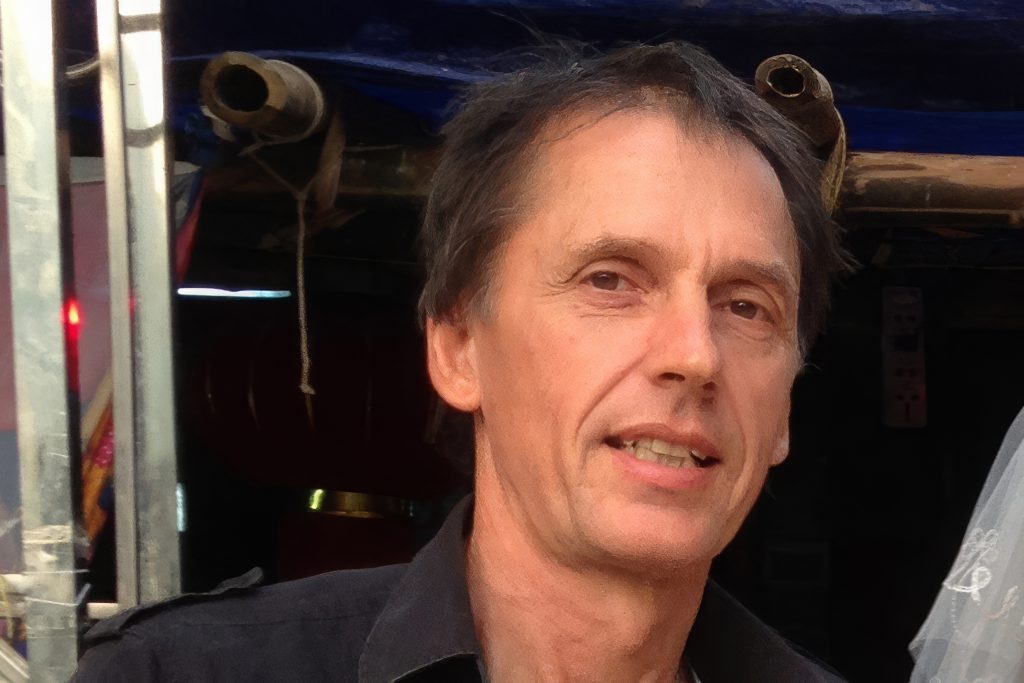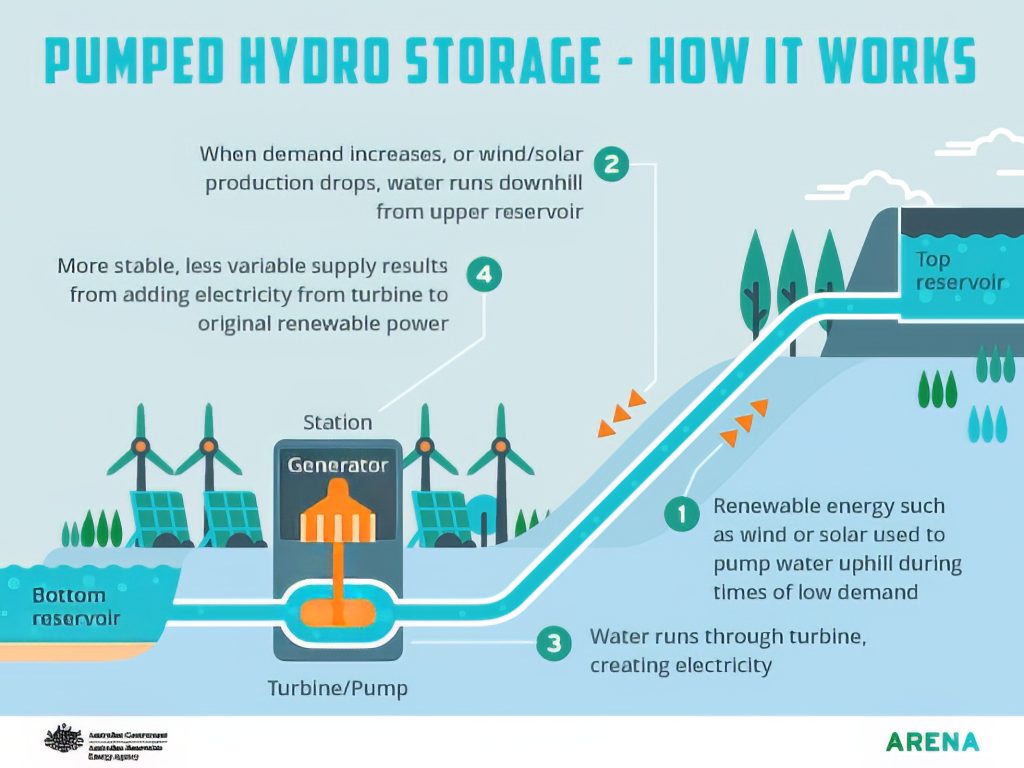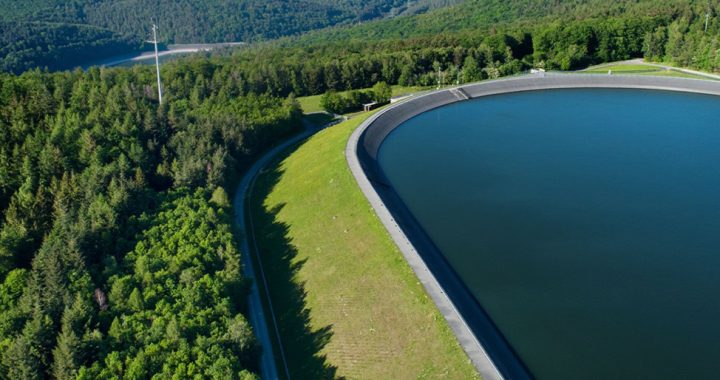Baseload power can be delivered by wind, solar, and hydropower from stored renewable energy without any need for a nuclear power solution.
That’s the view of Queensland-based Sunshine Hydro, and founder and CTO Chris Baker, a civil and software engineer who sees Australian taxpayers paying for government funded nuclear reactors as unnecessary.
At this year’s federal election, the Coalition is promoting a publicly-funded seven nuclear reactor system at a cost of $263bn; Labor says the cost is in the trillions when you price in economic impacts. Time estimates of the first reactors coming online range from the mid 2030s to mid 2040s. The cost and long lead time makes nuclear impractical.
Yet most of the long touted pumped hydro projects are yet to be built or operating. And the three existing ones were built 40 or more years ago.
Tumut 3 was completed in 1973 with a 1,800 MW capacity. Wivenhoe’s pumped storage system completed around 1984 delivers 570 MW while the Shoalhaven pumped hydro energy storage scheme, constructed in 1977, offers a capacity of 240 MW.

Snowy 2.0, initiated by former Prime Minister Malcolm Turnbull, will add another 2,200 GW by late 2028 and the private sector-developed Kidston Pumped Hydro Project in far-north Queensland 250 MW of storage hopefully this year.
When combined, this represents 5GW of stored power albeit across diverse parts of the east coast, and on very rough estimates, can power about 3.75 million homes.
Several more are on the drawing board but completions are several years away. For example, the Borumba Pumped Hydro Scheme in Queensland is not slated to begin operation until 2031.
Even so, advocates say they will be up and running well ahead of any nuclear reactor.
In its submission to the House Select Committee on Nuclear Energy, Sunshine Hydro says it would likely take at least 15 years for the first nuclear power plant to be operational, after which the others could follow every few years.
“The length of the process and the various layers and successive steps of the regulatory pathway increases the risks of delays, particularly in the lack of bipartisan support,” the submission says.
“The pumped hydro stations could be operational within a 5-10-year time frame and developed in parallel with each other.”
Mr Baker says many of the proposed projects could be built by the early 2030.
The submission also argues that nuclear reactors aren’t flexible enough to deliver the precise amount of power needed without the help of other technologies.
It says nuclear reactors cannot be turned off, although many of them can ramp down to about 15 percent to 50 percent of the full generation capacity.
“However, this may take an hour or two and it comes with a cost due to lower utilisation rate if such flexibility is used daily.”
Mr Baker says the sites for the pumped hydro projects have been identified and several have begun construction; legislation is a reason for projects being held-up.
Sunshine Hydro is among proposed smaller storage systems and would use renewable energy coming from wind and solar energy. It plans to offer long-duration storage with 600 MW capacity although the company is looking at a 2000 MW option.

Mr Baker says the scheme could be completed by 2030 if final funding is secured.
Once operating, Australia’s pumped hydro projects would satisfy baseload power needs where solar and wind farm generated power wasn’t available.
He says a pumped hydro scheme’s operation would be a little different if it sought to provide consistent baseload power.
“One of the propositions that we’re putting forward is that you need to run the pumped hydro in a different way with an objective of producing base load power.
“You look ahead about a week or so, and make sure you leave enough room in the reservoir so that if it’s going to be windy for a few days, you collect all that wind energy,” he says. “If it’s going to be calm for quite a few days, you make sure the reservoir is full.”
He says pumped hydro reservoirs should be able to hold enough water for 18 to 24 hours of power generation rather than, say, 6 to 10 hours.
He acknowledges that pumped hydro projects still cost billions of dollars although they are cheaper compared to battery storage. He says Sunshine Hydro’s proposed project at Gladstone would cost $2-6bn, depending on its capacity.
A pumped hydro system uses renewable energy to pump water from a lower source into a reservoir at a higher level. Water is later released, rushing downhill and spinning a turbine to generate power.
Mr Baker says pumped hydro systems typically respond to market signals on a daily basis. Water is pumped uphill using cheap power during the sunny part of the day. Power can be generated in the evening when prices are higher.
“We’re suggesting that they respond at least as much to weather forecasts, and look ahead multiple days to make sure there’s always enough in the tank to deliver the baseline.”
Pumped hydro power storage has been available for more than 100 years and is not a new concept. Switzerland’s Engeweiher facility, the oldest working pumped storage plant, was built in 1907.
The technology is being adopted afresh in the renewables age as an alternative to large battery storage, for filling the gaps when solar and wind generated power isn’t available.
